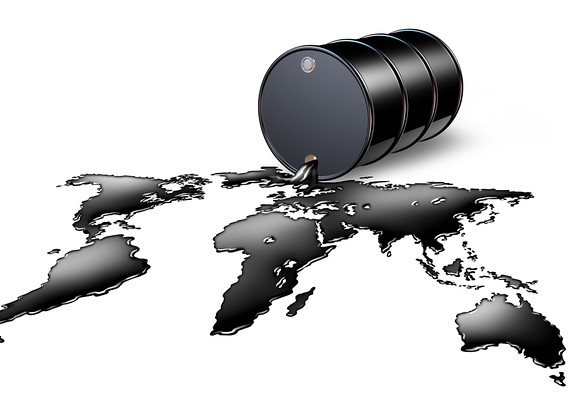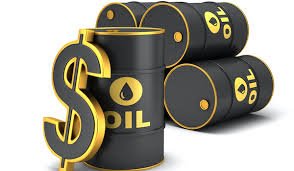
Lagos — It seems that the global oil market is going through a critical phase, where economic and geopolitical factors intertwine, casting a heavy shadow over crude prices, particularly U.S. crude, which continues its downward trajectory, nearing $59.50 per barrel.
This sharp decline, the most significant since November 2021, cannot merely be seen as a technical correction or a routine supply-and-demand adjustment.
Rather, it is a direct reflection of mounting concerns over a global economic slowdown fueled by protectionist policies and escalating trade tensions between the world’s two largest economies: the United States and China.
From my perspective, investors have grown increasingly sensitive to any signs of economic weakness. The recent steep drop in U.S. consumer confidence to its lowest level since April 2020 stands as a clear indication of fragile economic sentiment.
This significant decline did not occur in a vacuum; it coincided with sudden tariff decisions by President Donald Trump, sparking a new round of trade confrontation with China. In such an environment, crude oil, as a sovereign commodity closely linked to growth and industrial activity, is often the first to take a hit, amid fears of shrinking global demand and slower supply chains.
In my view, the issue is not solely about demand. The supply side is also placing additional pressure on prices. Data from the American Petroleum Institute showed an unexpected increase of 3.8 million barrels in U.S. crude inventories, intensifying market fears of a structural supply surplus.
When the actual increase exceeds market expectations by nearly tenfold, as is the case here, it serves as a strong negative signal that reflects weak drawdowns from inventories — a clear sign of slowing industrial or consumer activity.
Adding to this, there’s speculation that OPEC+ may accelerate its production hikes in the upcoming meeting. While this move might be aimed at protecting market share or preempting a future rise in demand, the timing seems ill-advised.
The market is not currently suffering from a supply shortage — it’s grappling with weak consumption. If additional production increases are approved in June, we could witness a new wave of sell-offs, possibly pushing prices to levels not seen since the peak of the COVID-19 crisis.
On a broader scale, the global environment adds further complexity. Economic data from China — the world’s second-largest economy and biggest oil importer — points to signs of a real slowdown. With the trade war widening, there’s a growing tendency to scale back industrial output and reduce reliance on imported goods, placing double pressure on global oil demand.
Furthermore, unexpected disruptions in energy infrastructure, such as the recent massive power outage in Spain that halted refinery operations, are exacerbating the fragility of supply and refining chains, adding even more uncertainty.
As prices continue to plummet, the United States is attempting to seize the opportunity by replenishing its Strategic Petroleum Reserve, which had dropped to historic lows after extensive drawdowns in previous years. However, even with these plans in motion, the market impact is expected to be limited. Refilling the U.S. SPR could take years and require billions in funding, making it unlikely to provide substantial short-term support.
In my opinion, we are facing a troubling combination of concurrent factors: a real economic slowdown in the world’s largest economies, potential disintegration of global trade relations, elevated inventories, rising production, and the possible return of Iranian oil supplies — which could flood the market again if a new nuclear deal is reached. Given this reality, I wouldn’t rule out crude prices falling below $55 in the coming weeks, especially if there’s no tangible improvement in global demand indicators or resolution to the tariff escalation between Washington and Beijing.
Therefore, the outlook for oil prices leans toward the negative in the short to medium term. The only remaining hope lies in a coordinated intervention by major central banks to stimulate growth or a sudden de-escalation in geopolitical and trade tensions. Until then, the market will remain gripped by fear and uncertainty, making it difficult for prices to find genuine stability shortly.



